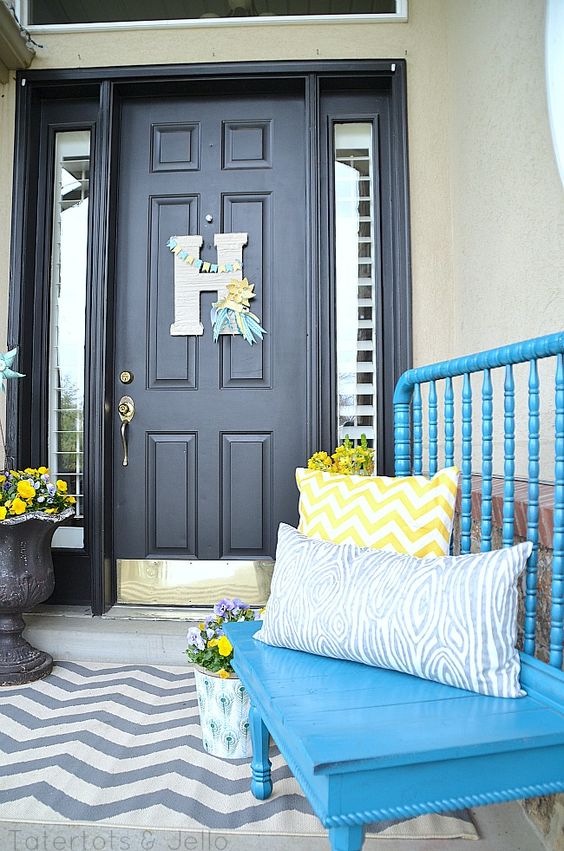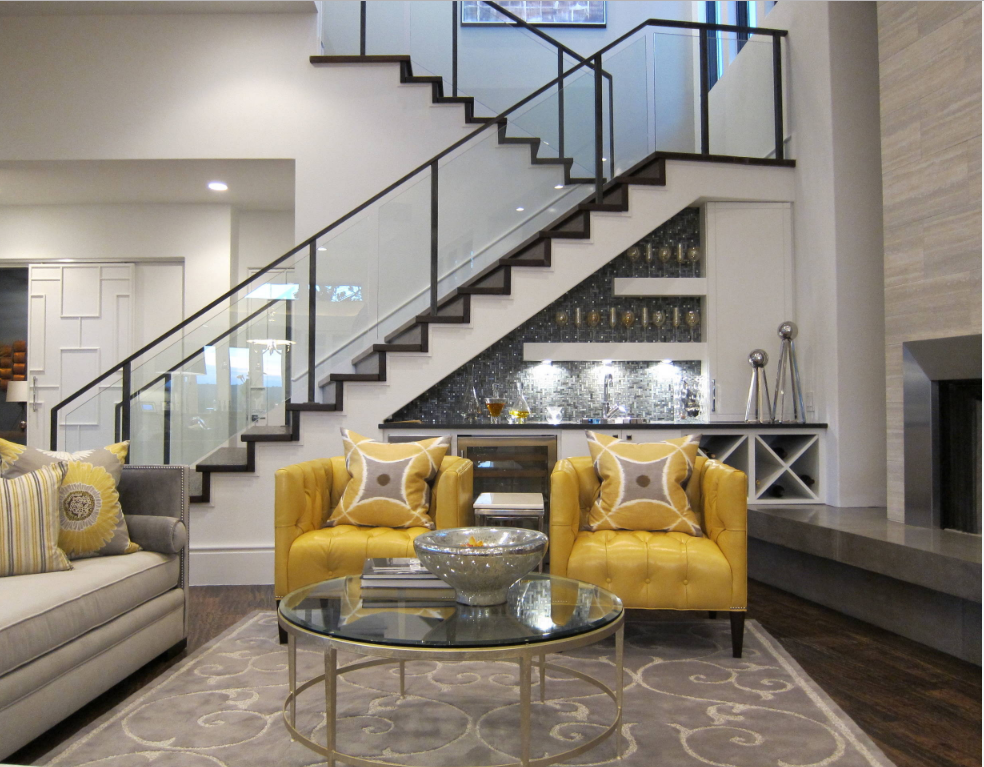Porches nearly disappeared as an
aspect in the home in late 19th century towards the 20th
century. When the Tiny home movement began, many Clients, Designers and Architect
began evaluating all spaces in the house with a need to downsize. Earlier in 19th
century, front and back porches were large bare spaces. They formed a large
space at the front of the home and some houses even had verandas. “Verandas”
are described as large porches covering the entire facade as well as the sides
of the structure. Most of this space was not usable and the design did not accommodate
whole year use. Porches were mostly functional in summer and completely
unusable in winter. While re-looking the designs of the home in order to
downsize, porches were among the first spaces to be cut out. Was this
necessary, Yes and No. From a financial perspective, it was necessary to eliminate
porches in order to cut-down on cost of construction. In terms of usage, again
it was argued that one could not have a space in the house that was used only
30 percent of the year. This said, the verandas were downsized to mere rain
porches. Rain porches are ideally small spaces just outside the main entrance
door to protect one from rain when stepping in and out of the door. With this ideology,
it was designed that if need to sit outside arose, one would purchase outdoor
furniture and sit in the lawn.
This aspect of minimized front
porches was maintained until the 21st century when again, need has
made designers rethink. Currently in the world right now, cost of land has
become very expensive. Therefore, the building spaces have become very small
leaving very small gardens or none. The aspect of apartment living has also become
common. With this lifestyle, the only outdoor spaces left for one to sit and
enjoy the fresh air is in the front or back porches. With this in mind, the
porches are being designed as more functional spaces, screened to allow all year
round usage and with fireplaces in order to make them more habitable. The use
of the front porch has changed from a mere lounge area to sometimes a barbecue
area, family outdoor dining area etc.
How can one improve the look of
the front porch?
1. Potted Plants
Plants are the best way to bring
life to a space whether indoor or outdoor. The plants can be placed in pots or
in built-in planters. Potted plants obviously are the easiest to maintain. This
is because, they are easy to water and do not accumulate weeds much. From the
design selected, pots can bring character to the outdoor area. The colour, style
or form completes the design style intended and also improve the look and feel.
Potted plants are easy to move around and to reorganize the look of the space. Depending
on the size of the pot and the intent, one can decide whether to plant tall,
medium or short plants. One can also decide to go with plain green or plants
that produce flowers.
2. Door names or numbers
Door numbers are not too common
in countries like Kenya. However to add a little charm to the main entry one
can install door numbers or family home names. These names can be made from
different materials such as wrought iron, drift wood, curved wood, stainless
steel etc. Over and above the name, one can bring in a “welcome” sign or
decorative writings to add appeal. Farm-house style homes are notoriously known
to include sayings or funny message to excite the guests as they come in.
3. Welcome rugs
Welcome rugs are nowadays being
made in different materials, colours, shapes, patterns and sizes. Some come
plain while others with wordings on them. Welcome rugs were initially designed
to be a dust/dirt trapping element. Nowadays, they are used as a decorative/aesthetic
element. The main material used to make these rugs is sisal due to its
durability properties and ease to clean. Rubber is becoming more common by the
day as a material due to its “wash and use” properties. Rug colours may match
the door or can completely complement it to bring a contrast. Rectangular
shaped rugs are the most common, however, oval and circular rugs are being used
more to create character.
4. Door design
The main entrance door sets the
design tone of the whole house. More often than not, clients are getting confused
on the design of the door to take as it’s intended to have both aesthetic and
security properties. When thinking about
both properties, clients end up choosing security over aesthetics due to need
and practicality. Did you know you can have both? Doors nowadays are being
manufactured with a steel plate inside and timber top. The timber can be plain
or with curved out design based on the clients want. The timber can be painted,
stained or left natural with linseed oil protective coating. All said, plain timber doors, timber doors
with glass panel designs or timber doors with wrought iron tend to be more aesthetic
appealing than plain metal doors.
5. Lighting
Lighting, lighting, lighting!
Lighting is the best tool a designer can use to create the perfect ambience at
the front porch. Lighting is mostly appreciated when it’s dark. Therefore the
light fitting design must also be exquisite in order to create appeal during
the day. Chandeliers or pendants were mostly used back in the 19th
century. Light fittings have evolved to up lights, staircase side lights,
bollards and wall lamps with an up and down lighting capability to improve the
ambience. LED warm lights with a yellowish light are a current favorite as they
create a good mood when reflecting on any surface. Powder coated black material
is also very common nowadays as it’s durable and aesthetically appealing in any
environment.
6. Furniture
Furniture forms the function of
the front or back porch. To create a relaxing environment where one seeks a
quiet moment to be alone or read a book, swing chairs can be used. These are
anchored to the soffit slab with adjustable ropes. To create a guest welcome
environment, lounge sofas with comfy scatter cushions made of synthetic rattan or
timber can be used. Dining environments have also become pretty common with dining
tables as a big element. Benches are the best type of chairs for this set-up as
they are semi casual and can be dressed with funky cushions to create appeal. Wood,
rattan or metal materials can be used to make outdoor furniture. Fabrics used need
to be outdoor type with UV protection, waterproof, mold and mildew resistant properties
and also soil resistant to be more long lasting.
Inspiration pour le Journee
Questions previously asked are; with
an existing house, can one construct a new front porch? Of course YES! One can build
a deck using decking material and steel columns and beams. The cover can be
roofing tile, Perspex or even glass depending on one’s budget.
Thinking on improving your front
porch? See video below for inspiration.


















